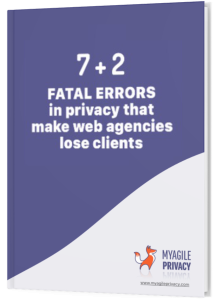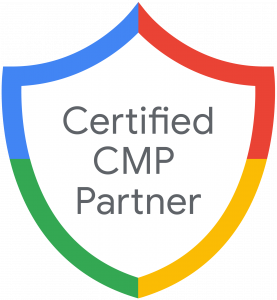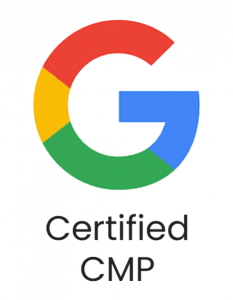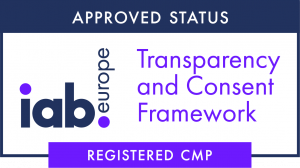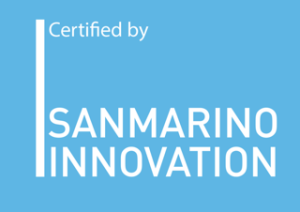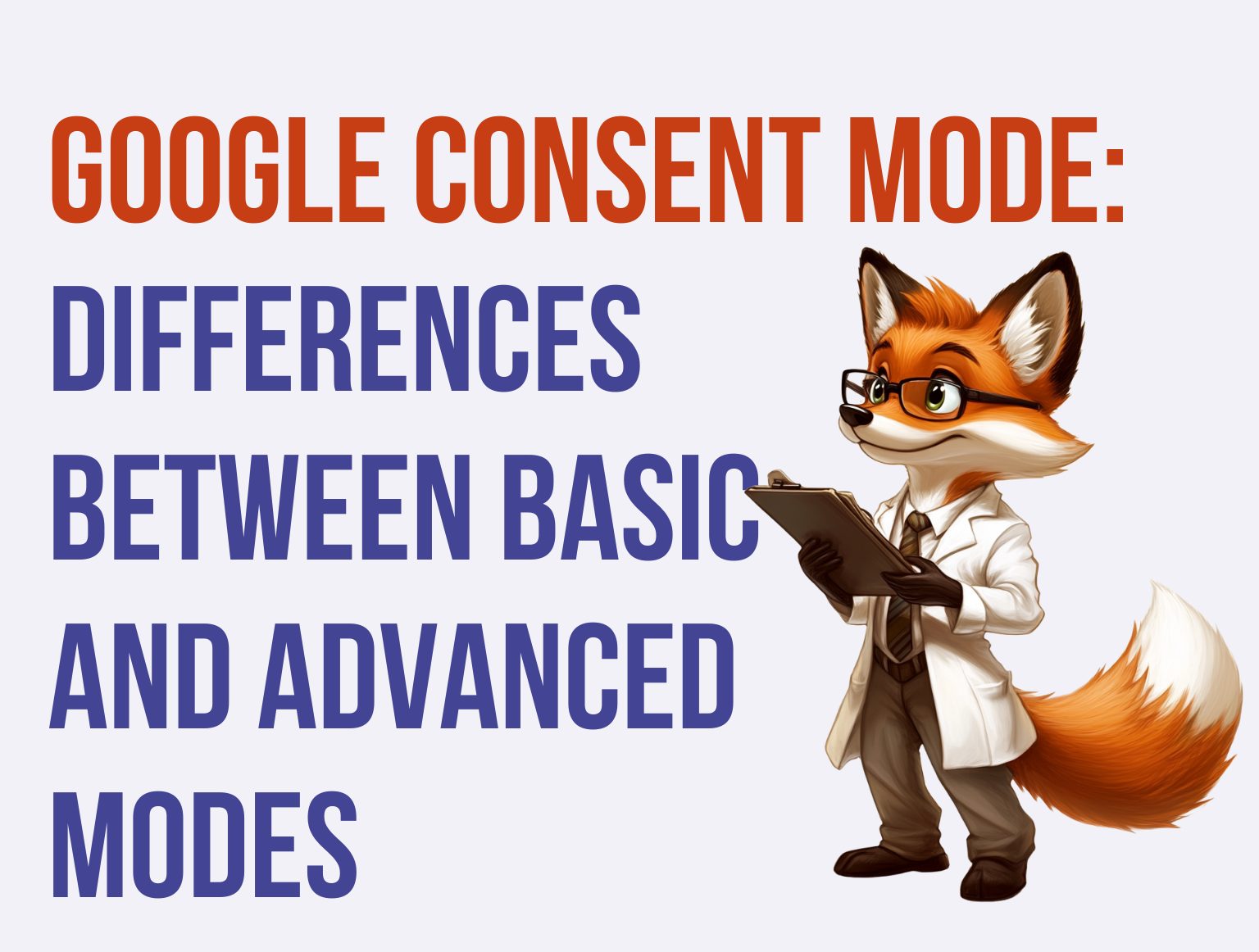
With the introduction of increasingly strict privacy regulations such as GDPR and the Digital Markets Act (DMA), companies must carefully manage user data tracking. Google’s Consent Mode v2 is designed to balance data collection needs with privacy requirements.
Consent Mode is available in two versions: Basic Consent Mode and Advanced Consent Mode.
But which option is best for your website?
Let’s examine how each works so you can choose the ideal solution for your business.
Basic Consent Mode: Features and How It Works
Basic Consent Mode is a simplified approach to managing user consent.
It automatically blocks Google tags until users provide consent via your website’s cookie banner.
This mode is ideal for:
- Websites with strict GDPR, DMA, or other privacy compliance requirements.
- Companies seeking a simple, low-maintenance consent solution.
- Organizations that do not require detailed analytics or behavioral tracking.
When a user visits your site for the first time, Google tags are blocked and only load if the user interacts with the consent banner.
If consent is not granted, no data is transmitted to Google and no cookies or pings are set—not even anonymously.
Key advantages of Basic Consent Mode include:
- Easy to implement.
- Highly compatible with most websites.
However, there are also some limitations:
- Limited customization.
- Reduced data for analytics.
- Standard compliance may not suffice for more advanced needs.
Advanced Consent Mode: Features and Operation
Advanced Consent Mode is designed for businesses needing more granular control of Google tags, dynamically adapting behavior based on users’ consent choices. This mode is particularly suited for:
- Businesses using Google Ads that require advanced tracking.
- Websites with a global audience and varied regulatory requirements.
- Organizations aiming to optimize ad targeting while remaining compliant.
The main benefits of Advanced Consent Mode include:
- Adaptive tracking with conversion modeling, even without cookies.
- Enhanced user experience through more detailed privacy controls.
- Advanced consent management across multiple domains.
However, Advanced Consent Mode involves greater technical complexity and should be implemented with care.
Comparison: Basic vs. Advanced Consent Mode
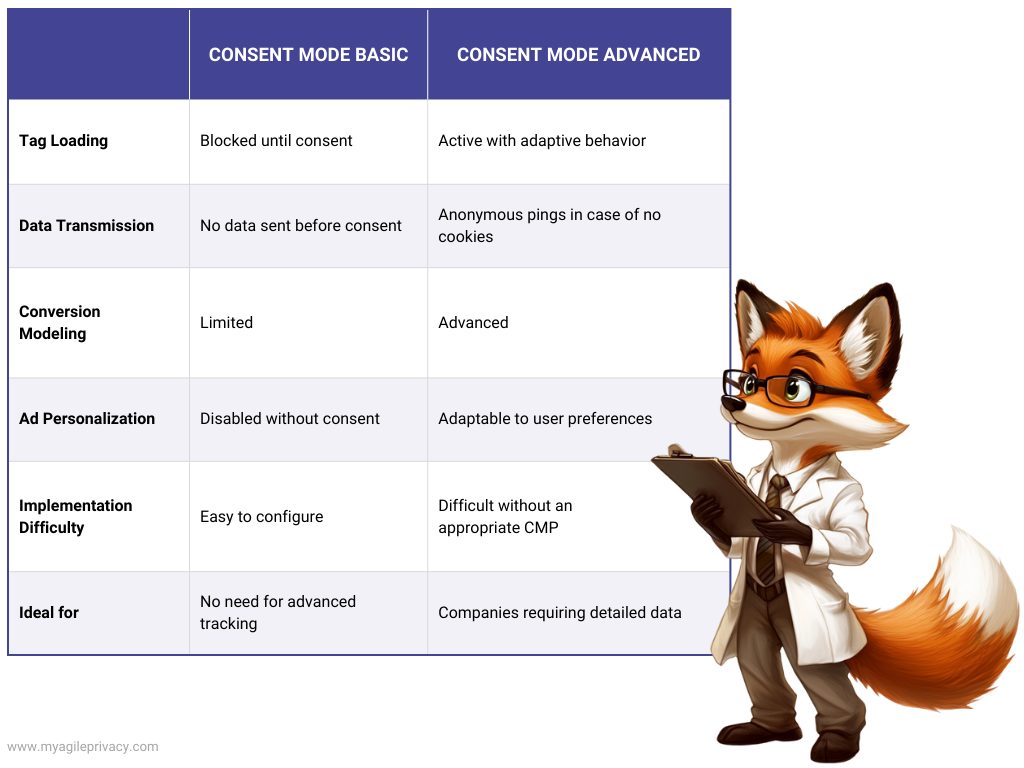
How to Choose the Most Suitable Mode for Your Site
If your top priority is legal compliance with a simple, no-fuss setup, Basic Consent Mode is the ideal choice.
If you want to strengthen conversion tracking, use Google Ads, and obtain more accurate analytics, Advanced Consent Mode will suit you best.
If you’re unsure, start with Basic Mode—you can move to Advanced as your needs evolve.
For a smooth and reliable implementation, My Agile Privacy is an excellent solution.
This platform lets you manage both modes easily, ensuring full privacy compliance and advanced control over user data.
With My Agile Privacy, you can tailor consent settings to your business needs, optimizing privacy management without sacrificing website performance.
Using Basic and Advanced Consent Mode with My Agile Privacy
My Agile Privacy fully supports Google’s Consent Mode and lets you activate it with a single click.
By default, the Advanced version is enabled—this means the status of the user’s consent is always sent to Google, regardless of cookie preferences.
You can switch to Basic mode at any time: go to My Agile Privacy > ‘Consent’ tab in your admin panel and select the ‘Disable Advanced Consent Mode’ option. Remember to save your settings.

For more information, refer to our Help Desk section on enabling Google Consent Mode with My Agile Privacy.
Consent Mode V2 inspector for Google, Clarity and Microsoft by My Agile Privacy.

